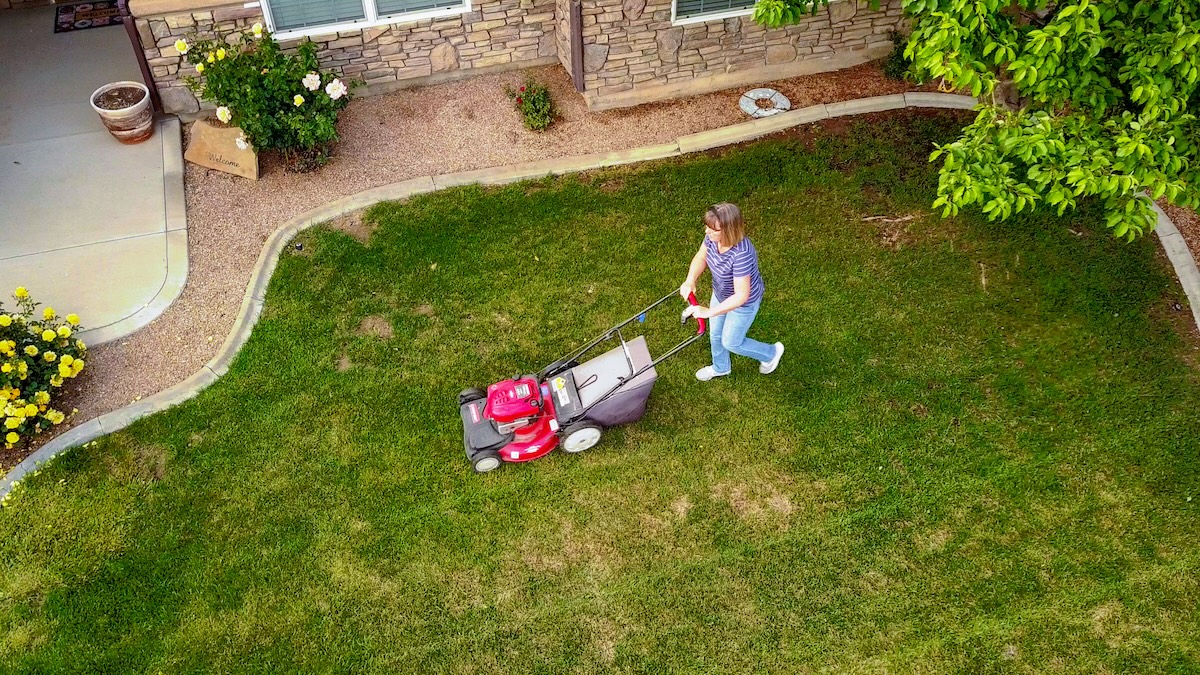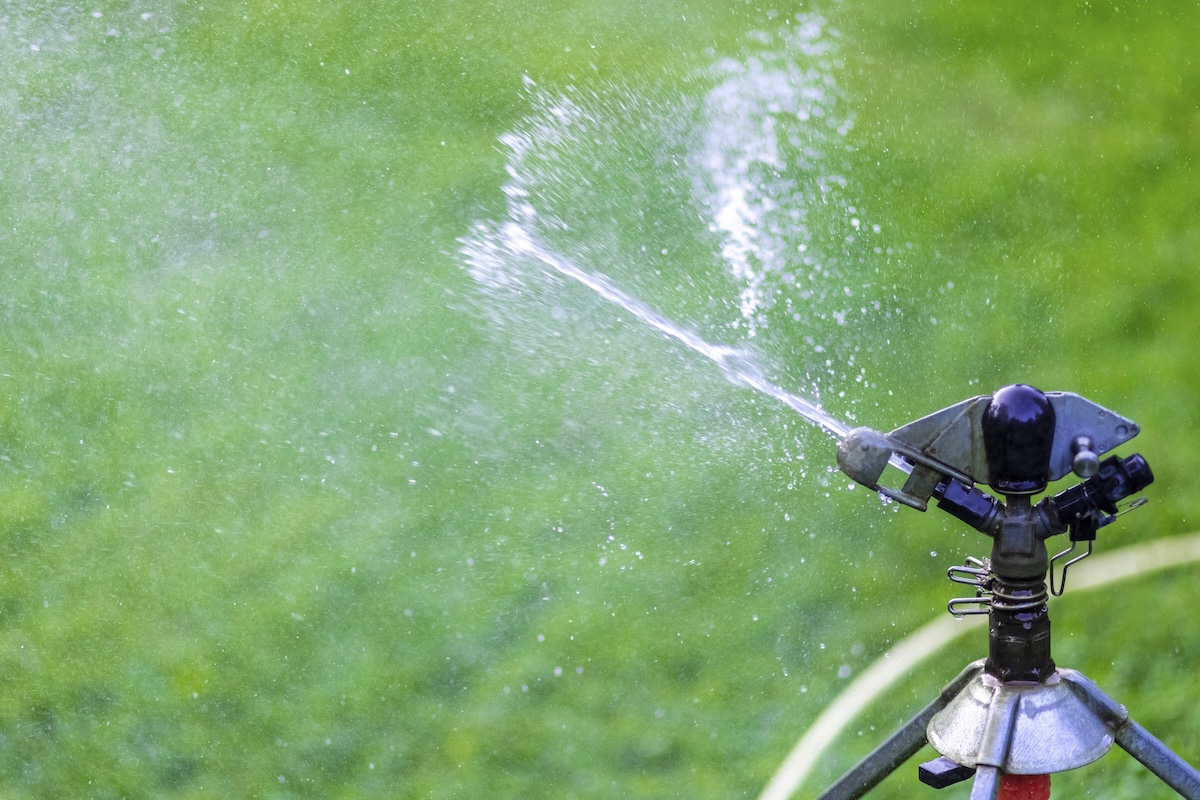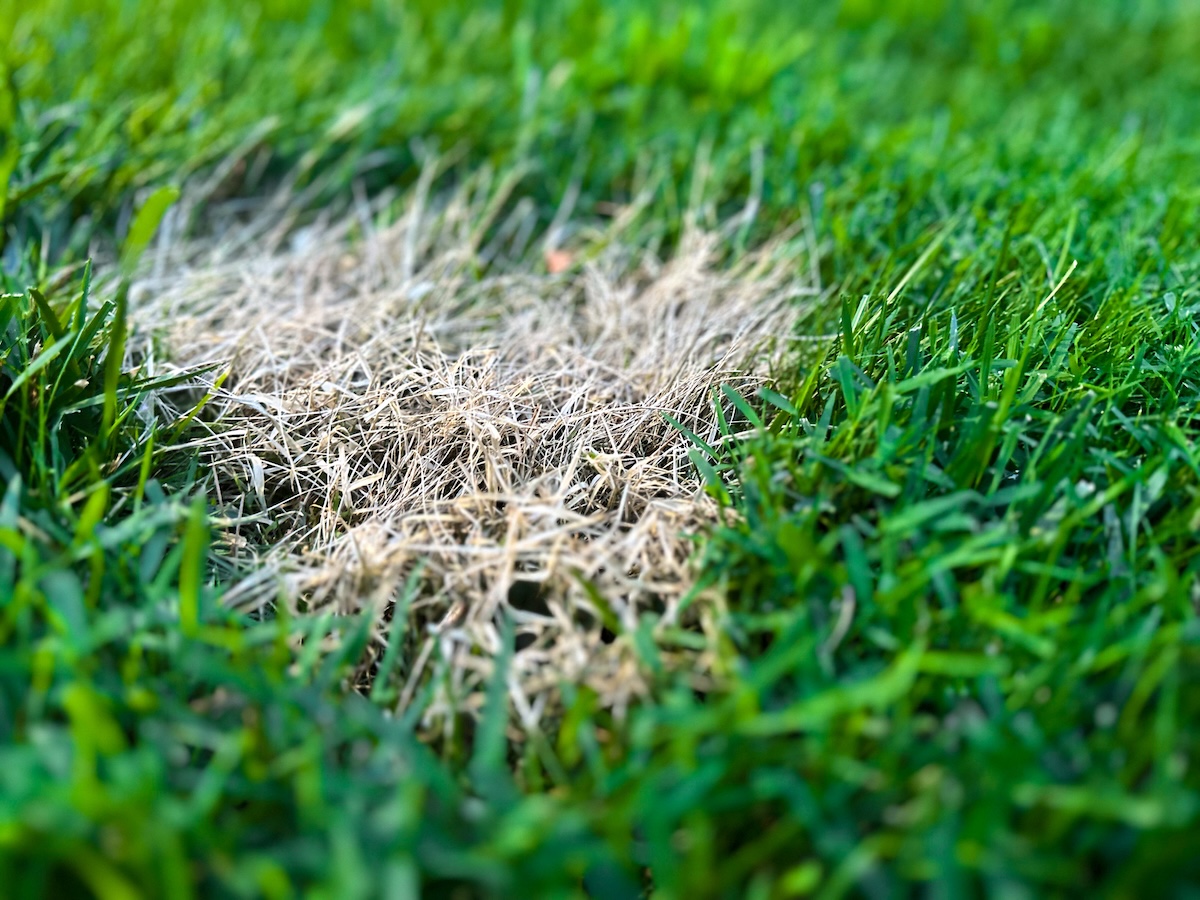

We may earn revenue from the products available on this page and participate in affiliate programs. Learn More ›
A beautiful lawn is the canvas upon which you create your personal landscape, setting the stage for first impressions of your home. A lush, manicured lawn is the goal of most homeowners, but many lack the knowledge to achieve that ambition. Even the best of intentions can result in lawn care mistakes for those who lack the knowledge.
You want to maintain a healthy lawn. But maybe you water too much or too little. Maybe you use the wrong type or amount of fertilizer. Perhaps your tools haven’t been properly maintained. Avoid these common mistakes, and your lawn will reward you.

An Easier Solution for Lawn Care
Bob Vila has partnered with TruGreen to help your yard get tailored nutrients and care—exactly the attention it needs to look its best this season.Get Started
1. Improper Mowing
Cutting your grass too short, too soon, or too poorly can result in a damaged lawn that isn’t healthy and doesn’t look nice. According to Brian Feldman, senior director of technical agronomy for TruGreen U.S. and Canada, the type of grass can dictate the best mowing height. However, in general, 3 inches is a good target height for most lawns in Northern regions and 1½ to 2 inches in warmer climates.
Taller grass is healthier for a lawn because it shades the soil surface, keeping it from drying out, and therefore reducing watering needs. It’s also harder for weeds to grow in shaded soil. Cutting grass too short can damage it and render it vulnerable to pests, disease, and heat stress. No matter the ideal height for your region, mow often enough that you never have to remove more than one-third of the grass blade to avoid shock.
Adjust the mower height to the appropriate level and, while you’re at it, make sure the mower blades have been sharpened. Dull blades rip—instead of slice—grass blades, which can stress the lawn, resulting in brown tips and possible water loss or even disease. Sharpen mower blades annually.

2. Improper Watering
Apply the Goldilocks rule to watering your lawn: not too much, not too little, just the right amount. Feldman advises watering about 1 inch per week. During extreme heat, when temperatures are consistently above 90 degrees Fahrenheit, “consider watering 1 inch twice a week,” says Feldman.
If you don’t have a rain gauge to measure how much water you’re putting down, use an empty pie tin and see how long it takes to accumulate an inch of water. Alternatively, you can dig 3 to 4 inches into the soil to see how far the water has penetrated. Moist soil is darker.
Even if your measurements are a little off, remember that it’s better to water deeply but infrequently. This encourages deeper root growth and allows the soil to dry out between waterings, thus reducing the risk of fungus and disease.
Early morning is the best time to water the lawn because “low sunlight allows the water to effectively penetrate into the soil before the sun can evaporate it,” Feldman explains. Watering during the heat of the day results in evaporation, robbing water from the grass before it’s able to reach the roots. Watering in the evening can lead to problems because there’s not enough sunlight to dry the grass as the temperature falls.
3. Improper Fertilization
Feeding your lawn helps keep it healthy and lush by supplementing soil that lacks necessary nutrients (like nitrogen). Testing the existing soil pH and nutrient levels is imperative to determine the type of fertilizer to use and how often to apply it.
Once you know what type of nutrients your lawn craves, select the right fertilizer. “Most turfgrass agronomists recommend an all-purpose fertilizer ratio of 4-1-2 (nitrogen-phosphorus-potassium) as a starting point,” Feldman says. He adjusts this ratio based on soil type, geographical agronomic conditions, grass type, the season, and local fertilizer laws.
Opinions vary about fertilizing frequency, ranging from twice a year to five times or more. The decision can depend on the type of fertilizer chosen. For example, granular fertilizer might limit you to two applications per season, but liquid fertilizer can be applied more frequently because it delivers lower amounts of nutrients. Whatever you choose, Feldman says, “You should fertilize proactively before the grass goes hungry.”
Apply fertilizer uniformly to ensure even distribution, then allow a rest period to permit the fertilizer and water to settle in so that the nutrients are completely absorbed.

Final Thoughts
There are no big secrets to lawn care. You have to cut it right, water it right, and feed it right. Learn those three basics, and you may never need to worry about weeds and pests because a healthy lawn is less susceptible to problems. But it’s easy to make mistakes when you don’t know what your unique property needs. That’s why lawn care companies like TruGreen aim to make it easier on homeowners by evaluating your lawn and tailoring a lawn maintenance plan to meet its needs. Assessing the soil pH, grass type, climate, and other important factors is the first step in forming a pro-quality lawn care plan. Once you have a basis, it’s much easier to maintain a beautiful yard.
